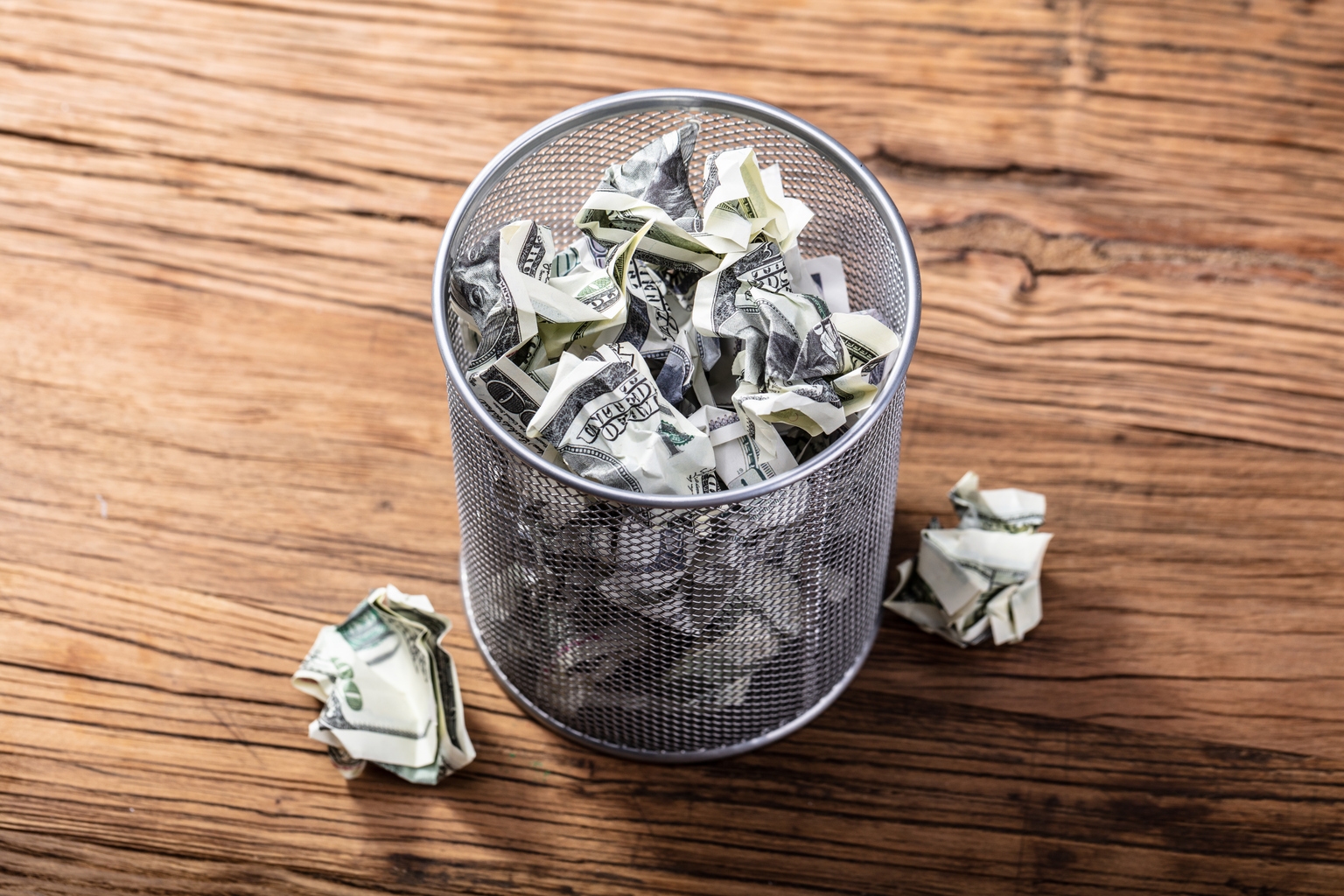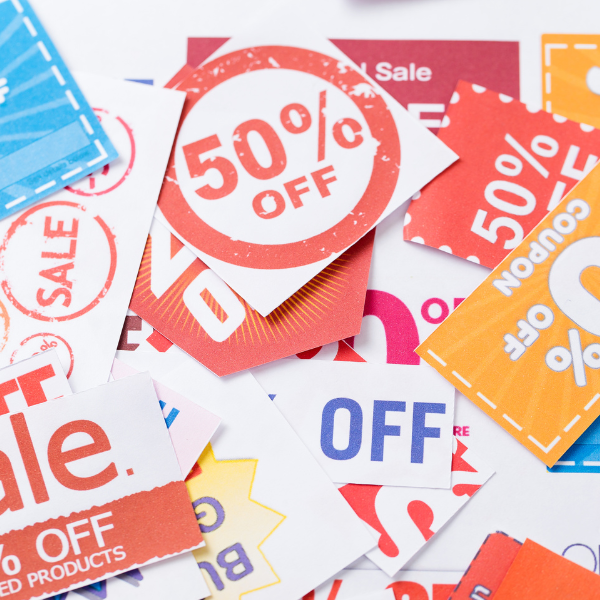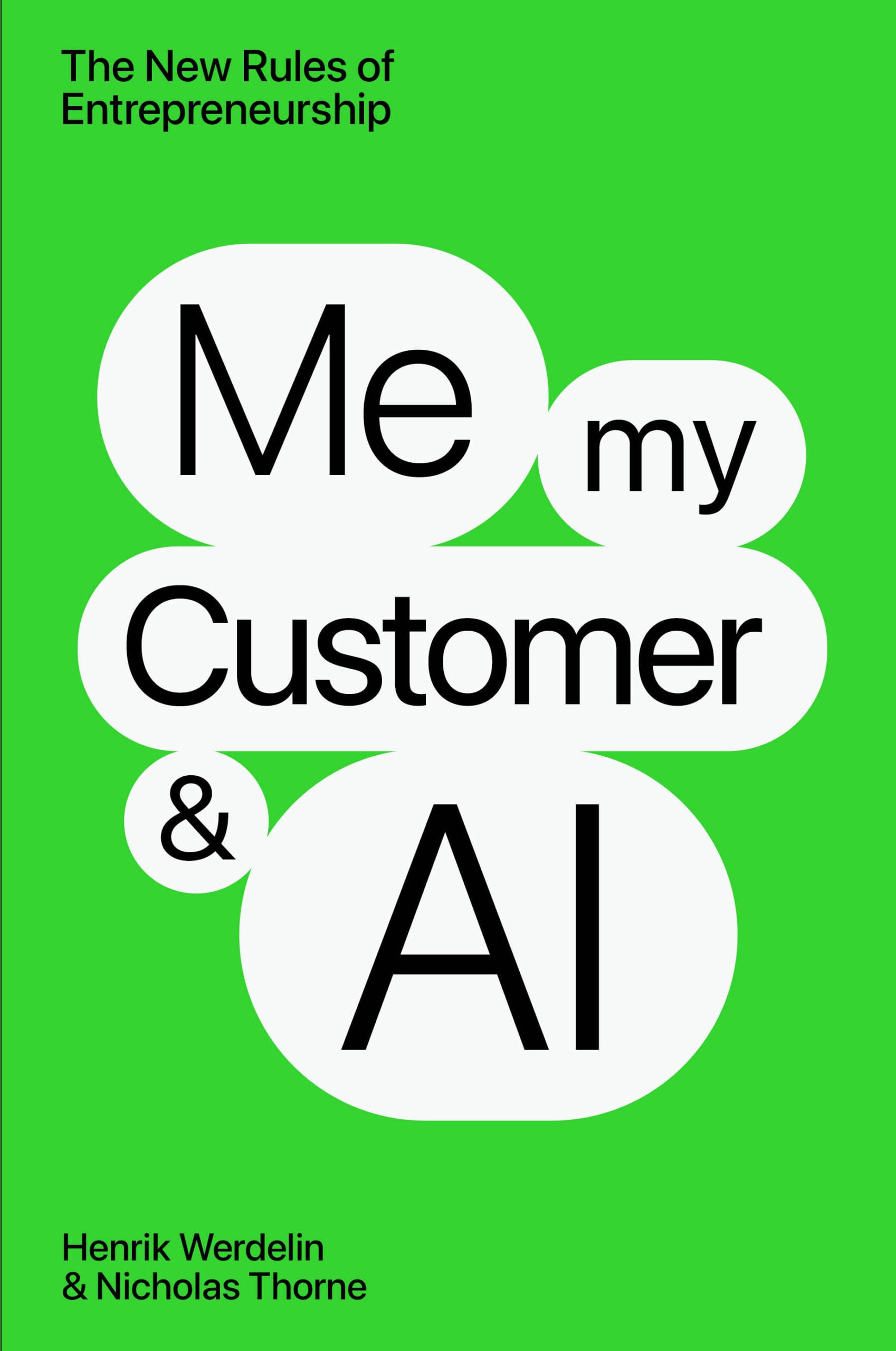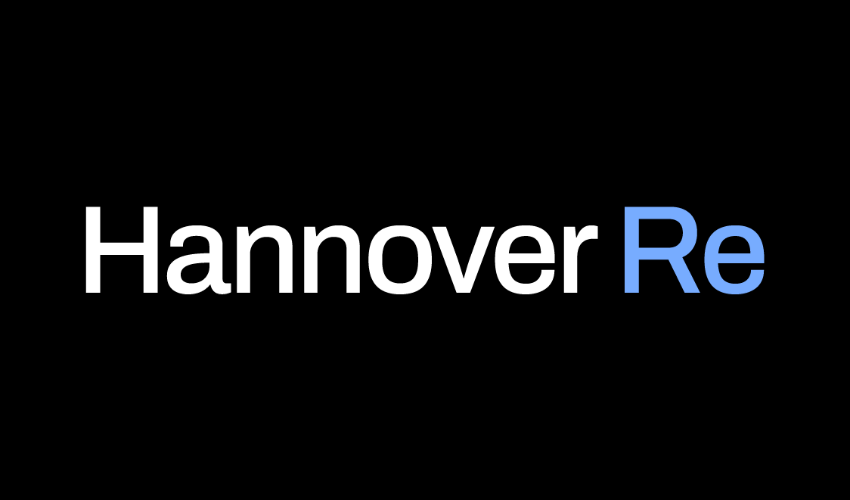In the world of online liquidation auctions, retailers and manufacturers of consumer electronics want to get top dollar for their products. But what steps can your business take to maximize recovery?
After years of success in the business, B-Stock has learned that there is no “silver bullet” to the recovery question—and the sooner that our partners realize these nuances, the sooner they’ll be able to realize their recovery potential.
Whats the Secret to Electronics Liquidation?
While there are general practices that tend to have positive effects, there are few hard and fast rules that guarantee maximum recovery. By far, the best course of action is to watch the data over time with an open mind and adjust your approach accordingly.
Here, we’ll take a look at six practices that a major US consumer electronics retailer implemented to maximize their recovery. And while some might seem obvious, the nuances of each may surprise you.
1. Strategically Sized Lots Create Maximum Impact
One of the most obvious variables to examine when analyzing electronics liquidation performance is how the size of lots by estimated retail price affects the recovery. While this may seem simplistic, the numbers may highlight a chance at some easy wins.
When selling computers and tablets, trends indicate that smaller lots tend to recover more. In fact, the smallest lot size B-Stock analyzed—$6,000 value and under—returned 30% more than the “large” $50-100K lots did. When selling all other types of electronics, like smartwatches, televisions, headphones, and cameras, “very large” lots outperform “large” ones by 32%.
To the casual observer, it might seem that the biggest lots will yield the biggest returns. Conversely, you might figure that lean-running entrepreneurs would be most interested in small, affordable lots. In reality, neither of these approaches is entirely correct for all cases.
The takeaway is that if you have the ability to break your lots down into optimal sizes depending on what you’re selling, you stand to reclaim a good bit more than you already are. Whether your organization liquidates several pallets of corporate assets per year, or acquires and unloads hundreds of thousands of dollars worth of inventory per day, B-Stock can help you make the most of your lots.
2. Group Low Priced with Low, High Priced with High
A more complex variable to examine is the range of retail values within a specific lot. As it turns out, lots with a narrow range of item MSRP tend to recover more. The key here is to keep this range in item value as low as possible while configuring your goods for listings. This is because a lot that contains both high- and low-MSRP items will generally return substantially less than a lot that contains either mostly high-MSRP or low-MSRP items.
While this trend holds true for all subcategories of electronics, the pattern is especially pronounced for non-computer & tablet lots—those that consist of smartwatches, televisions, headphones, and cameras. In fact, some of these lots with very low item price variance recovered over 80% more than those with the highest variance. Low variance computer-and-tablet lots recovered nearly 30% more than their high variance counterparts.
But wouldn’t a buyer want the chance at finding a few premium items among their low-MSRP goods? This is actually not the case. The small business owners that buy unsold goods aren’t gamblers by any means, so when acquiring inventory, they prize transparency and predictability as much as any organization does. Take heed and sort items by value when you can.
3. Shipping Practices Can Bolster Bottom Line Too
Let’s shift away from hard numbers for a moment. B-Stock can also suggest several packing and shipping practices to help you protect and preserve inventory’s value.
- Fully wrap all orders:
Applying plastic wrap to cover each pallet entirely, or security tape to all parcel boxes will protect the goods within from damage while showing the buyer that you care for the safety of their purchase.
- Avoid drawing attention to your shipments:
You might be tempted to wrap high-value pallets in a unique color or to label them with highly descriptive placards. Unfortunately, such practices can single out certain pallets as especially valuable to potential thieves. Even plain opaque black wrapping can be a giveaway if not used on every shipment.
- Take pictures of finished pallets:
Consider, if you have the opportunity in your process, taking a photo of each finished pallet before it leaves your possession. This practice builds buyer confidence in you by offering transparency, protects your organization against damage claims, and helps to monitor the overall quality of the shipping process.
While it’s hard to put a value on the effects of preventative practices, small changes to your process today may well prevent some very large headaches in the future.
4. In Electronics Liquidation, High Price Per Unit Is King
This particular point may not come as a surprise to the experienced, but higher value products do have higher recovery rates. If a lot’s average retail price per unit is over $100, that lot will return 83% more value than one with an average per-unit price of under $35.
This may be because many lower-cost items in this category are tech-adjacent products rather than devices. For example, when a tablet ages, the value of compatible cases and screen protectors will sink even faster.
Only plan to offer low-cost items through an online marketplace? You may want to rethink your approach to electronics liquidation altogether. Perhaps some of your more valuable stock might fetch you desirable results. After all, buyers are unlikely to go through a specialized auction channel just to buy obsolete or low-end products.
5. Reconsider Product Conditions
This point is perhaps the most counterintuitive of the bunch. To put it simply, condition does not necessarily equate to value. In the case of the retailer in question, it’s clear that the condition that tends to recover the biggest portion of its original value is “Used – good.”
Often, new and untouched items stay that way for a reason. Perhaps the manufacturer over-produced them, or a retailer over-ordered. Or maybe they went out-of-style or into obsolescence quickly. Maybe they were never good or desirable at all. Whatever the case, the demand for them simply wasn’t there and the owner couldn’t move them.
Compare this to the “like new” items. While these were returned, they had at least enough consumer interest to make it off of shelves. And the “Used – good” condition is worn proudly by high-quality products that people liked enough to use for a while before trading them in—think iPads, premium laptops, over-ear headphones, and smart watches.
Never write off used electronics as worthless—every year, B-Stock sells hundreds of thousands of these devices to refurbishers who wipe and refinish them for a like-new look. Similarly, don’t bank on big recovery numbers just because your inventory is brand new.
6. Group Product Types Strategically
Of course it stands to reason that certain types of products are more exciting to consumers, and thus to buyers, within an electronics liquidation marketplace. Laptops, tablets, and smartwatches—a newer addition to the electronics category—take the top three spots in terms of highest recovery. Printers came in dead last, perhaps unsurprising in today’s screens-everywhere world. To put a finer point on it, smart watches recover about seven times more of their original value than printers do.
Mixed lots also appear toward the end of the pack in terms of value recovered. As you’ve probably gathered, mixed lots are risky propositions that don’t generally inspire much confidence in buyers. If you can sort for item type and group similar items, you’re virtually guaranteed a recovery boost if you’re selling any items of high value. For item types that perform worse than mixed lots, it will make sense for sellers to leave them bundled into mixed lots.
All of that said, we can analyze at a more granular level. Even within product type, different brands offer significantly different recovery rates. In all categories in which it competes, Apple is the obvious standout. Even so, there is both considerable competition and recovery variation within the Laptop item type.
The Buyer Question
Another factor that your business must keep in mind when thinking about electronics liquidation is your buyer base. Are you reaching the right business buyers? Are you reaching enough buyers to support your own growth?
B-Stock’s total bidders, bidders per auction, bids per unique bidder, and units sold are all on the rise. That means we’re living out our mission in real time—to generate demand among a large network of potential buyers to help retailers and manufacturers move out unsold goods as efficiently as possible.
And with changing seasons and the next holiday always on the horizon, buyers tend to move in certain predictable patterns. For example, throughout January and February top retailers and manufacturers will be inundated with returns. Rather than spend excessive amounts of time and money inspecting, repackaging and remarketing these items, it often makes more sense to liquidate and move on. Savvy buyers know this and will be especially active this time of year if you can provide them with attractive, well-lotted inventory to bid on.
Use the Network Effect to Keep Your Traffic Up
All of these phenomena point to a bigger trend: our users like a busy marketplace. Higher volumes of sales correlate to higher recovery rates. The sellers who take the time to analyze the numbers and adjust their auctions accordingly are those that draw the most new business, creating a positive feedback loop.
Scale this idea up, and you have what B-Stock calls the network effect. When sellers’ supply and buyers’ demand feed off of each other in a global marketplace, all parties benefit while new users are attracted to the platform. This ever-growing web of retailers, manufacturers, small businesses and entrepreneurs work together to propel a thriving secondary market.
Could Your Consumer Electronics Liquidation Process Use a Strategic Partner?
Excess electronics are a challenge as the costs of refurbishment, storage, transportation, labor, and other overhead continue to rise. Pair these issues with mounting customer returns in a fast-moving industry, and you have a quite a problem on your hands.
Fortunately, there is real demand for the goods that you might not be able to effectively liquidate with in-house solutions. As a result, there is now a genuine opportunity to turn unsold inventory into cash while maximizing operational efficiency and saving precious space and time. The piece that too many businesses are missing is a partner to connect them to willing buyers and help them build a winning strategy.
As a leader in the secondary market, B-Stock can help your organization track the data that will help you execute and continuously optimize a strategy for managing your returns and excess electronics inventory while recovering as much as possible.
Ready to optimize your inventory reduction strategy? Contact us today to learn how we can help.








































